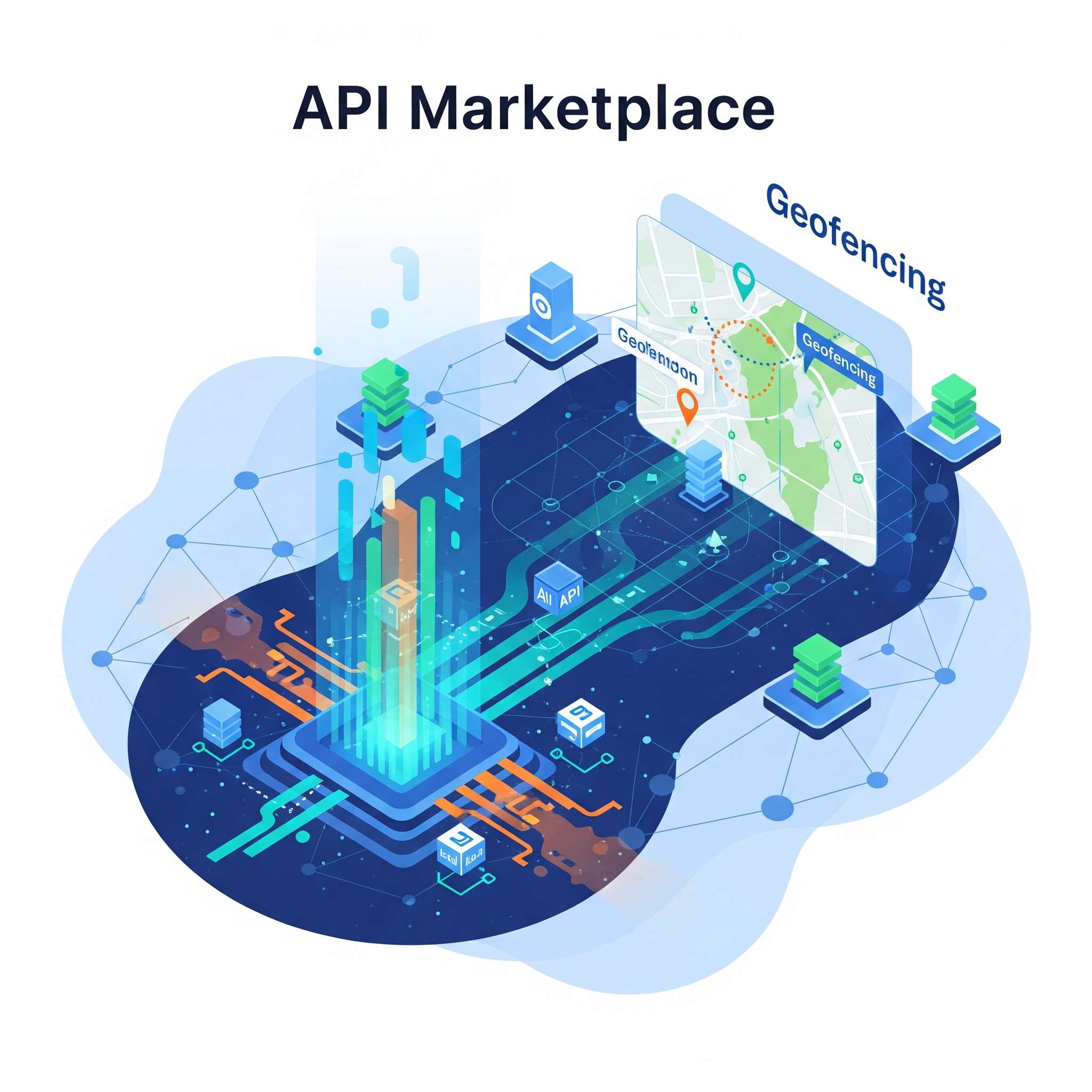Track Users with IP Address Location API from API Market
Location awareness plays a major role in everything from app customization to cybersecurity. Whether you’re building a mobile application, an eCommerce platform, or a security tool, knowing where your users are located can help you offer better services and protect your platform. That’s where an IP address location API becomes a game-changer.
Pair this powerful tool with the offerings from a trusted API market, and you unlock endless possibilities. This article will explore how developers and small businesses can benefit from IP location APIs and how to find the best ones from a robust API marketplace.
What Is an IP Address Location API?
An IP address location API allows you to detect the geographical location of users based on their IP addresses. By calling the API, you can retrieve key details such as:
Country, state, and city
Postal code and timezone
Latitude and longitude
Internet Service Provider (ISP)
Connection type (mobile, broadband, etc.)
This is especially useful for customizing content, improving security, and ensuring compliance with region-specific regulations.
Why Do Developers Need IP Geolocation?
Here’s why using an IP address location API is essential for developers and small businesses:
1. Security
Blocking or flagging users from suspicious regions prevents fraud and abuse.
2. User Personalization
Change language, currency, or offers based on where the user is browsing from.
3. Geo-fencing
Allow or restrict access to content based on location (popular in streaming and e-learning platforms).
4. Analytics and Insights
Understand where your users are coming from and tailor your marketing strategy accordingly.
5. Legal Compliance
Certain jurisdictions have content or data privacy restrictions. IP geolocation helps in automatic compliance.
How It Works
IP address location APIs typically work in a RESTful structure. You send a request to an endpoint with an IP address, and the API returns location data in JSON format.
Example Request:
bash
CopyEdit
https://api.ipstack.com/134.20....1.250.155?access_key
Example Response:
json
CopyEdit
{
"ip": "134.201.250.155",
"country_name": "United States",
"region_name": "California",
"city": "Los Angeles",
"latitude": 34.0522,
"longitude": -118.2437
}
Most APIs support both IPv4 and IPv6, giving developers maximum flexibility.
Why Source APIs from an API Market?
An API market is a platform that hosts a variety of APIs from different providers in one place. Instead of searching for APIs individually, developers can explore, compare, and integrate them easily through such platforms.
Benefits of API Marketplaces:
Diverse Options: Compare IP geolocation APIs based on pricing, speed, and features.
Easy Integration: Marketplace APIs often come with guides, SDKs, and usage examples.
Scalability: Choose plans that match your growth, from free to enterprise levels.
Billing Simplicity: Manage payments and usage from a single dashboard.
Trust & Security: Reputable marketplaces vet APIs for uptime, compliance, and support.
Why Apilayer Is a Leading API Market
Apilayer stands out as a leading API marketplace offering trusted, secure, and developer-friendly APIs. It hosts a wide range of services, including IP geolocation, weather, language translation, stock data, and more.
One of Apilayer’s flagship offerings in this space is IPStack — a reliable and high-performance IP address location API trusted by thousands of companies.
IPStack: Best-in-Class IP Geolocation Tool
Key Features:
Covers over 2 million locations globally
Real-time and batch IP lookup
Proxy and crawler detection
Currency and time zone data
Easy-to-use REST API
Why developers prefer it:
Fast response time
Generous free tier for testing
Accurate location data
SSL encryption and GDPR compliance
Whether you're building an analytics dashboard, a payment fraud detection tool, or a user behavior report, IPStack simplifies the process of gathering and analyzing location-based insights.
Simple Use Case for Small Businesses
Scenario:
A small online retailer wants to display products and prices relevant to each visitor’s region.
Solution:
Use IPStack to detect location from the visitor’s IP, and adjust:
Currency symbol
Popular items by region
Shipping options and taxes
Visit now: https://apilayer.com





